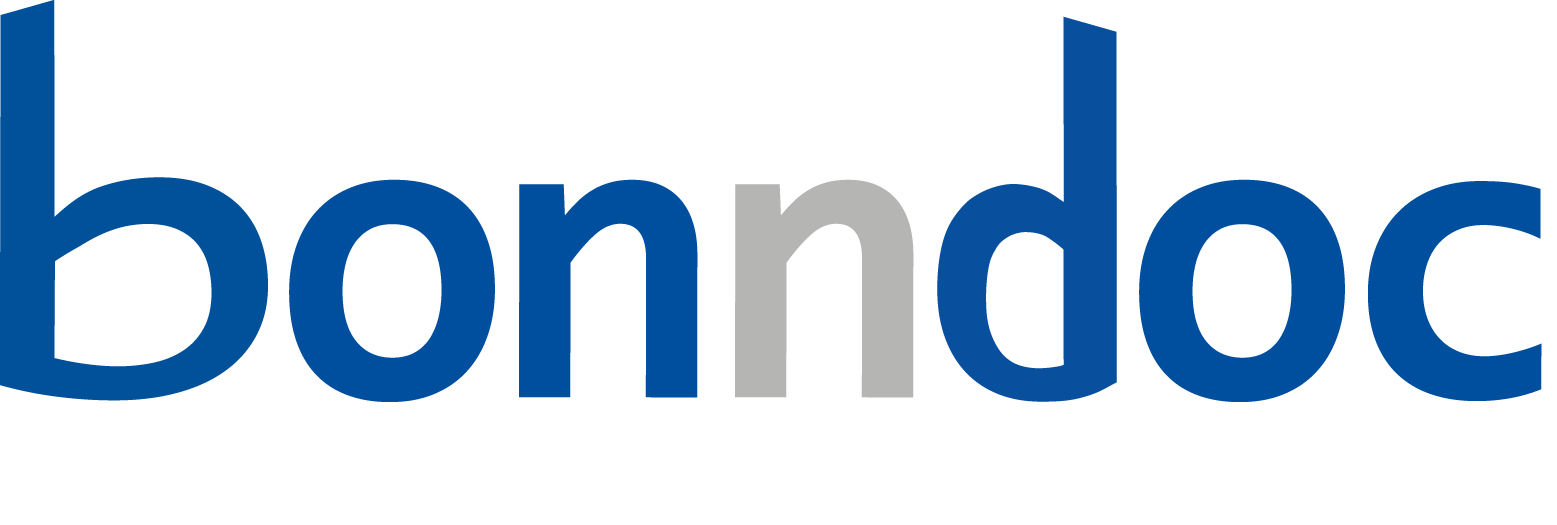Limmer, Michaela Martina: Impact of G-Quadruplexes on DNA damage and repair supported by the protein Zuo1 in Saccharomyces cerevisiae. - Bonn, 2025. - Dissertation, Rheinische Friedrich-Wilhelms-Universität Bonn.
Online-Ausgabe in bonndoc: https://nbn-resolving.org/urn:nbn:de:hbz:5-80424
Online-Ausgabe in bonndoc: https://nbn-resolving.org/urn:nbn:de:hbz:5-80424
@phdthesis{handle:20.500.11811/12724,
urn: https://nbn-resolving.org/urn:nbn:de:hbz:5-80424,
author = {{Michaela Martina Limmer}},
title = {Impact of G-Quadruplexes on DNA damage and repair supported by the protein Zuo1 in Saccharomyces cerevisiae},
school = {Rheinische Friedrich-Wilhelms-Universität Bonn},
year = 2025,
month = jan,
note = {The secondary structures known as G-Quadruplexes (G4s) play crucial roles in regulating biological processes such as replication, transcription, and DNA repair by folding and unfolding within specific regions of DNA. Recently, non-canonical, less stable G4s have gained attention due to their high flexibility and potential to fine-tune critical processes like genome stability. The newly identified G4-binding protein Zuo1 is essential in regulating the formation of these structures. This study explores whether Zuo1 regulates the formation of non-canonical G4s and examines the function of the Zuo1-G4 interaction in DNA damage and repair, particularly in chromatin and epigenetic maintenance in Saccharomyces cerevisiae.
I discovered that the C-terminus of Zuo1 binds, stabilizes, and accelerates the formation of the yeast-specific G-quadruplex located on chromosome IX. This binding effect is influenced by the different topologies of G4IX, which depends on the salt environment. Additionally, Zuo1 shows a preferential binding to non-canonical G4s genome-wide, located primarily in promoter and telomeric regions. This indicates that Zuo1 may function as a transcription factor, altering the chromatin landscape by binding to G4s and interacting with chromatin remodelers and other transcription factors. Upon UV exposure, G4 formation protects DNA from damage. In Zuo1-deficient cells, where G4s are less stabilized, cyclobutene pyrimidine dimers accumulate as DNA damage products, and DNA repair is inefficient. However, stabilizing G4s with a G4-stabilizing compound rescues this phenotype. The absence of histone modifications, DNA polymerase binding, and changes in nucleosome organization in cells lacking Zuo1 underscore the critical role of G4 stabilization in chromatin regulation and epigenetics, affecting processes such as replication and DNA repair under both unchallenged and DNA damage conditions.
Understanding proteins that fine-tune processes by regulating non-canonical G4s could present new therapeutic opportunities. Many G4-binding compounds developed for cancer therapy have struggled to target specific G4s effectively, yet the C-terminus of Zuo1 exhibits selective binding to this subset of non-canonical G4 structures. Further characterization of the processes involving Zuo1-G4 interaction is necessary to comprehend their mechanisms and the specific regulation of cellular processes like DNA damage and repair, potentially through epigenetic regulation.},
url = {https://hdl.handle.net/20.500.11811/12724}
}
urn: https://nbn-resolving.org/urn:nbn:de:hbz:5-80424,
author = {{Michaela Martina Limmer}},
title = {Impact of G-Quadruplexes on DNA damage and repair supported by the protein Zuo1 in Saccharomyces cerevisiae},
school = {Rheinische Friedrich-Wilhelms-Universität Bonn},
year = 2025,
month = jan,
note = {The secondary structures known as G-Quadruplexes (G4s) play crucial roles in regulating biological processes such as replication, transcription, and DNA repair by folding and unfolding within specific regions of DNA. Recently, non-canonical, less stable G4s have gained attention due to their high flexibility and potential to fine-tune critical processes like genome stability. The newly identified G4-binding protein Zuo1 is essential in regulating the formation of these structures. This study explores whether Zuo1 regulates the formation of non-canonical G4s and examines the function of the Zuo1-G4 interaction in DNA damage and repair, particularly in chromatin and epigenetic maintenance in Saccharomyces cerevisiae.
I discovered that the C-terminus of Zuo1 binds, stabilizes, and accelerates the formation of the yeast-specific G-quadruplex located on chromosome IX. This binding effect is influenced by the different topologies of G4IX, which depends on the salt environment. Additionally, Zuo1 shows a preferential binding to non-canonical G4s genome-wide, located primarily in promoter and telomeric regions. This indicates that Zuo1 may function as a transcription factor, altering the chromatin landscape by binding to G4s and interacting with chromatin remodelers and other transcription factors. Upon UV exposure, G4 formation protects DNA from damage. In Zuo1-deficient cells, where G4s are less stabilized, cyclobutene pyrimidine dimers accumulate as DNA damage products, and DNA repair is inefficient. However, stabilizing G4s with a G4-stabilizing compound rescues this phenotype. The absence of histone modifications, DNA polymerase binding, and changes in nucleosome organization in cells lacking Zuo1 underscore the critical role of G4 stabilization in chromatin regulation and epigenetics, affecting processes such as replication and DNA repair under both unchallenged and DNA damage conditions.
Understanding proteins that fine-tune processes by regulating non-canonical G4s could present new therapeutic opportunities. Many G4-binding compounds developed for cancer therapy have struggled to target specific G4s effectively, yet the C-terminus of Zuo1 exhibits selective binding to this subset of non-canonical G4 structures. Further characterization of the processes involving Zuo1-G4 interaction is necessary to comprehend their mechanisms and the specific regulation of cellular processes like DNA damage and repair, potentially through epigenetic regulation.},
url = {https://hdl.handle.net/20.500.11811/12724}
}





